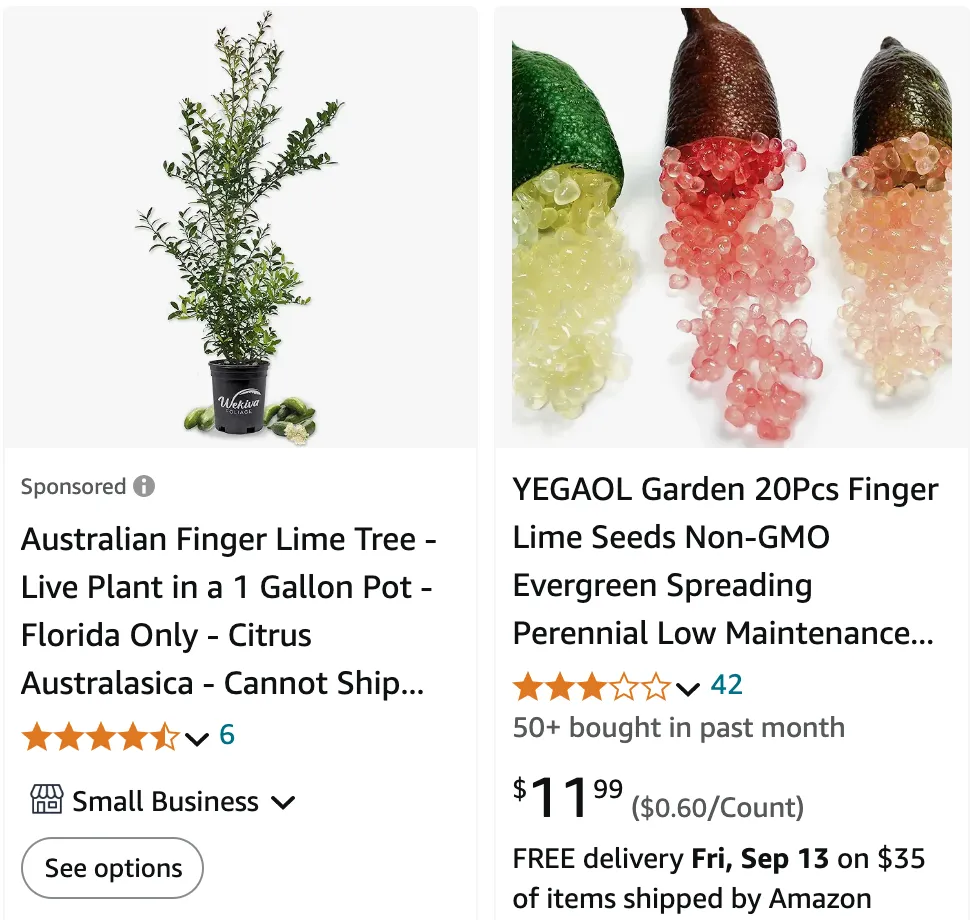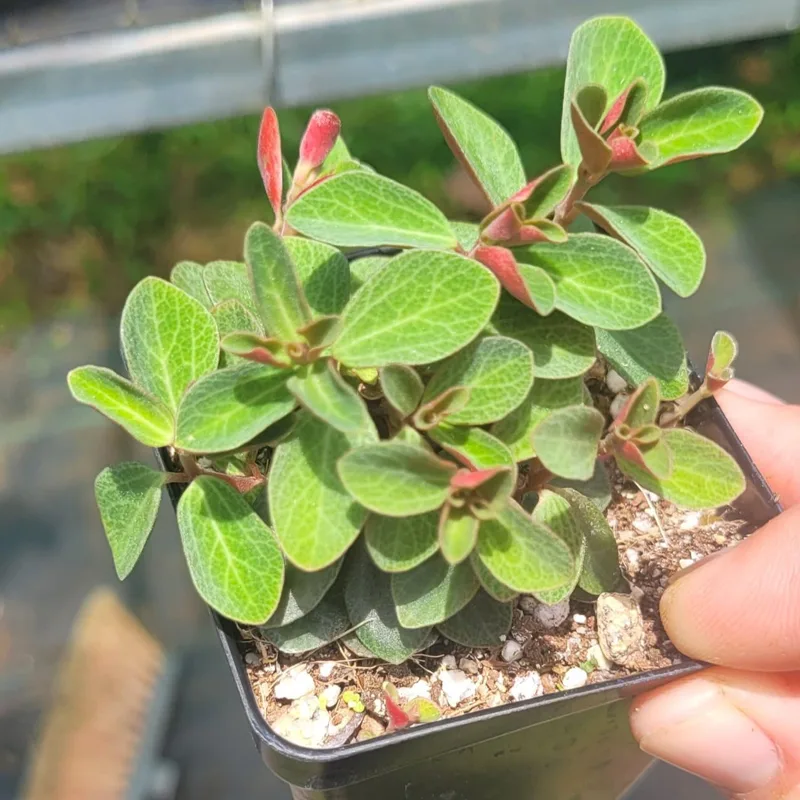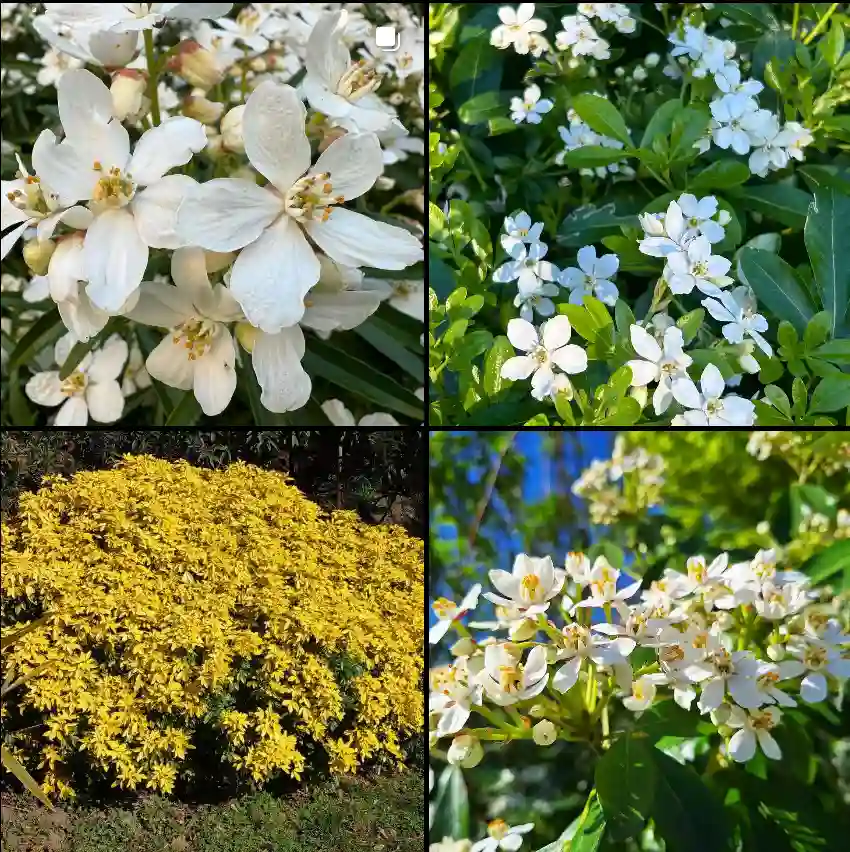
FAQs About Citrus Australasica
As a plant enthusiast, one of the most fascinating plants I’ve had the chance to grow and care for is Citrus Australasica, commonly known as Finger Lime. This unique citrus is native to Australia and has become a prized addition to my collection. Over the years, I’ve received numerous questions about this plant, so I thought I’d take the time to answer some frequently asked questions about Citrus Australasica.
32 Species in Genus Citrus
What is Citrus Australasica?
Citrus Australasica, or Finger Lime, is a small, thorny shrub that produces cylindrical fruits resembling tiny cucumbers. The flesh of the fruit is unlike any other citrus—it’s made up of tiny, caviar-like vesicles filled with a tangy, lime flavor. It’s often referred to as “citrus caviar” and is highly sought after in culinary circles for garnishing seafood, salads, and cocktails.
The plant itself is relatively slow-growing and can reach about 8 to 12 feet in height, though it’s often kept smaller when grown in containers. The branches are thin, covered in small leaves, and armed with sharp thorns, so handling requires care.
How to Care for Citrus Australasica?
Caring for Citrus Australasica is quite straightforward if you provide it with the right conditions. Here’s a breakdown of how I keep mine thriving:
- Light: Citrus Australasica loves full sun but can tolerate partial shade. I keep mine in a sunny spot where it gets at least 6 hours of sunlight daily.
- Soil: The plant prefers well-draining soil with a slightly acidic pH. A mix of loamy soil with organic compost works well. You don’t want the roots to sit in waterlogged soil, as this can cause root rot.
- Watering: Water consistently but allow the top layer of soil to dry between waterings. In the growing season (spring and summer), I water it more frequently, while in the cooler months, I reduce watering.
- Temperature: Finger Limes thrive in warm temperatures but can handle brief drops to around 32°F. However, they’re not frost-tolerant, so if you live in a colder climate like I do, bring it indoors or cover it during cold snaps.
- Fertilizer: I use a balanced, slow-release citrus fertilizer every 4-6 weeks during the growing season to promote healthy foliage and fruit production.
How to Propagate Citrus Australasica?
Propagation is possible through seeds or cuttings. I’ve had success with both methods, but they do require patience.
- From Seed: After extracting seeds from a ripe Finger Lime, I rinse them to remove the pulp and sow them in a well-draining potting mix. Germination can take several weeks to months, and it’s essential to keep the soil moist and warm during this period.
- From Cuttings: Semi-hardwood cuttings taken during late spring to early summer seem to root best for me. I dip the cuttings in rooting hormone and plant them in moist, well-draining soil. It can take a few months to establish roots, so be prepared for a wait.
What to Plant With Citrus Australasica?
When it comes to companion plants, I prefer to choose plants that thrive in similar conditions. I’ve found that herbs like rosemary, thyme, and lavender make excellent companions because they also enjoy well-draining soil and sunny conditions. Not only do they complement the Finger Lime aesthetically, but they also attract beneficial insects like bees that help with pollination.
Is Citrus Australasica Toxic?
No, Citrus Australasica is not toxic to humans or pets. In fact, its fruit is edible and highly valued in culinary uses. However, like any plant with thorns, it’s wise to keep pets and small children from playing around it to avoid any accidental injuries from the sharp spikes.
What Are the Benefits of Growing Citrus Australasica?
One of the main benefits of growing Finger Lime is the unique fruit it produces. The tiny vesicles inside the fruit burst with an intense lime flavor that adds a gourmet touch to dishes. Whether you’re sprinkling it over seafood or using it to elevate your cocktails, the flavor and texture are unparalleled.
Additionally, Citrus Australasica is relatively pest-resistant compared to other citrus varieties, making it a low-maintenance option. It’s also a visually striking plant with its thorny branches and petite leaves, adding interest to any garden or patio.
Common Problems with Citrus Australasica
Like any plant, Citrus Australasica has its share of potential issues. The most common problems I’ve encountered include:
- Leaf Drop: If the plant experiences inconsistent watering or sudden temperature changes, it may drop leaves. I’ve found that regular watering and protecting it from cold drafts help prevent this.
- Pests: Although generally pest-resistant, the plant can occasionally suffer from aphids or scale. A simple insecticidal soap or neem oil application keeps these pests at bay.
- Root Rot: Overwatering or poorly draining soil can cause root rot, which is why it’s crucial to ensure the soil drains well and avoid waterlogged conditions.
How Does Citrus Australasica Compare to Other Citrus?
Finger Lime is often compared to more common citrus varieties, but it stands out for several reasons. Unlike the round, smooth-skinned lemons or limes we’re familiar with, Citrus Australasica produces elongated fruits with rough skin. The “citrus caviar” flesh is another standout feature. No other citrus offers such a unique texture, making Finger Lime an exceptional choice for chefs and home cooks alike.
In terms of care, Finger Lime is somewhat more drought-tolerant and resilient than other citrus varieties. While it requires similar sunlight and soil conditions, I’ve found it to be less susceptible to pests and diseases, making it a hardy addition to my garden.
Conclusion
Citrus Australasica, or Finger Lime, is truly a one-of-a-kind plant that brings both aesthetic beauty and culinary benefits to the garden. Its care is manageable with the right attention to sunlight, soil, and watering, and the rewards of growing this plant are well worth the effort. Whether you’re a home gardener or a chef looking for a unique ingredient, Citrus Australasica is a citrus variety you won’t regret adding to your collection.
If i die, water my plants!



